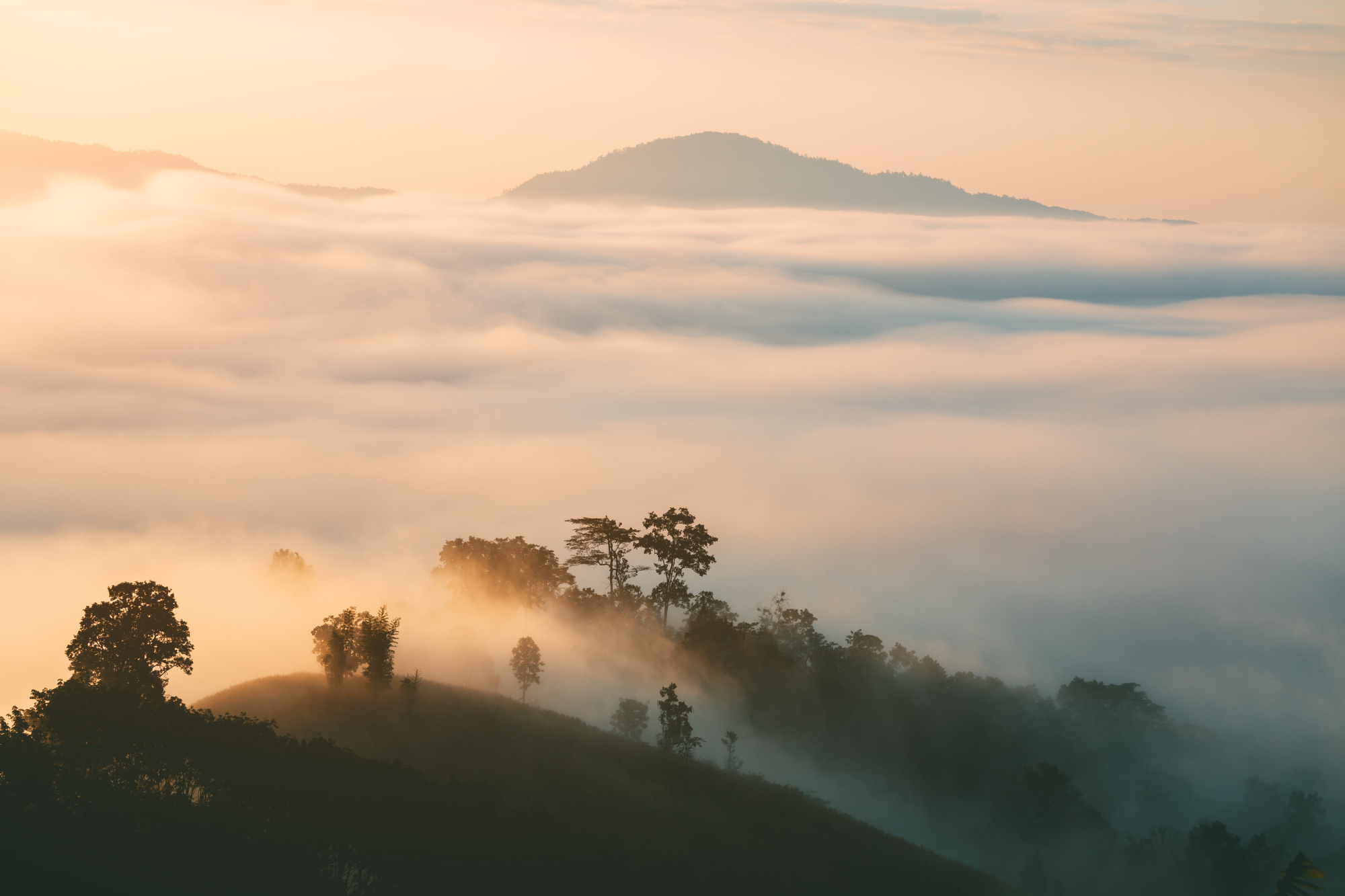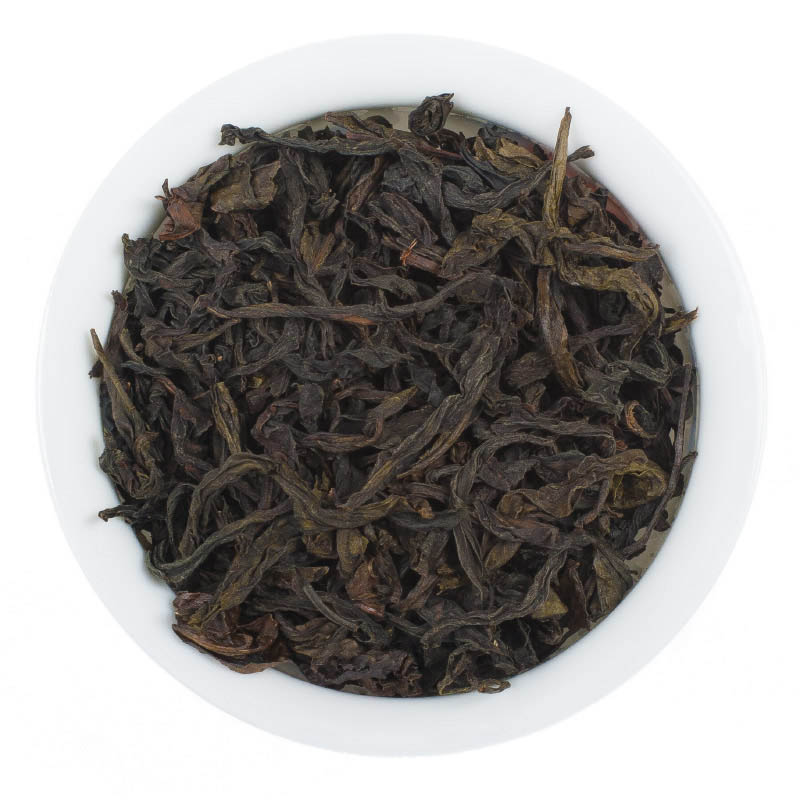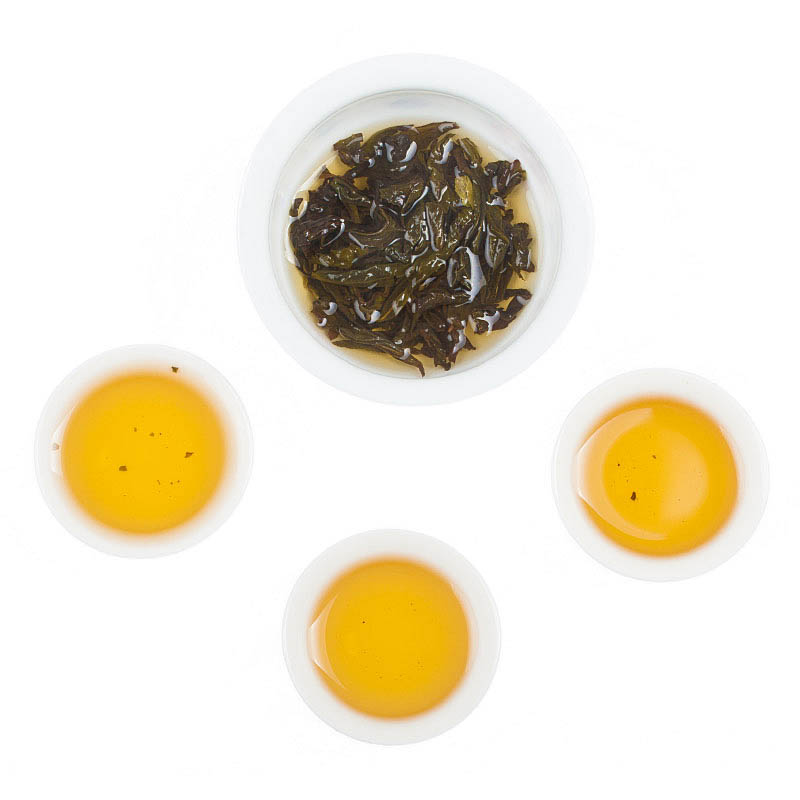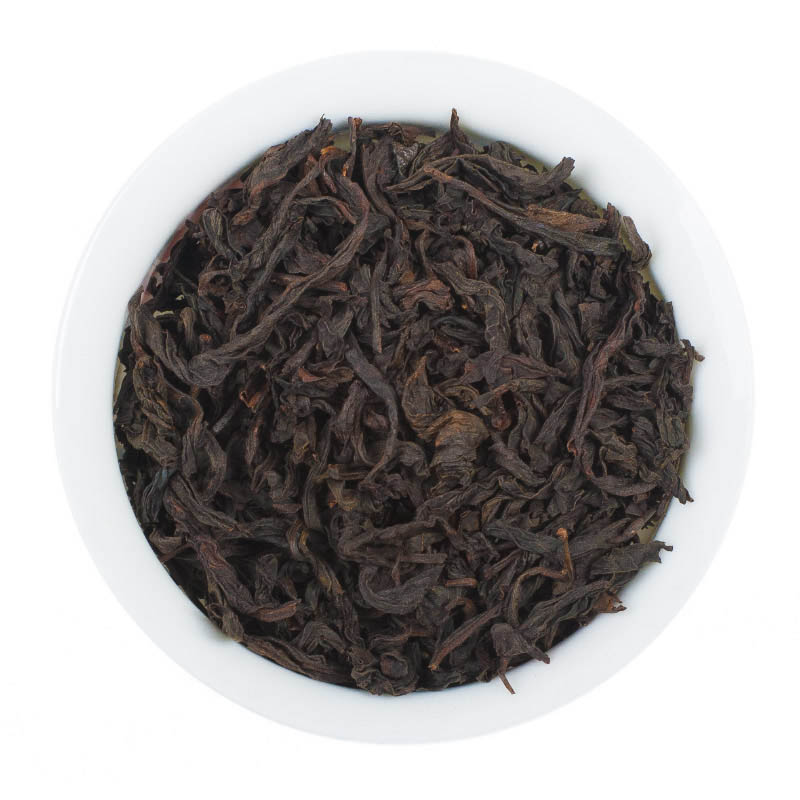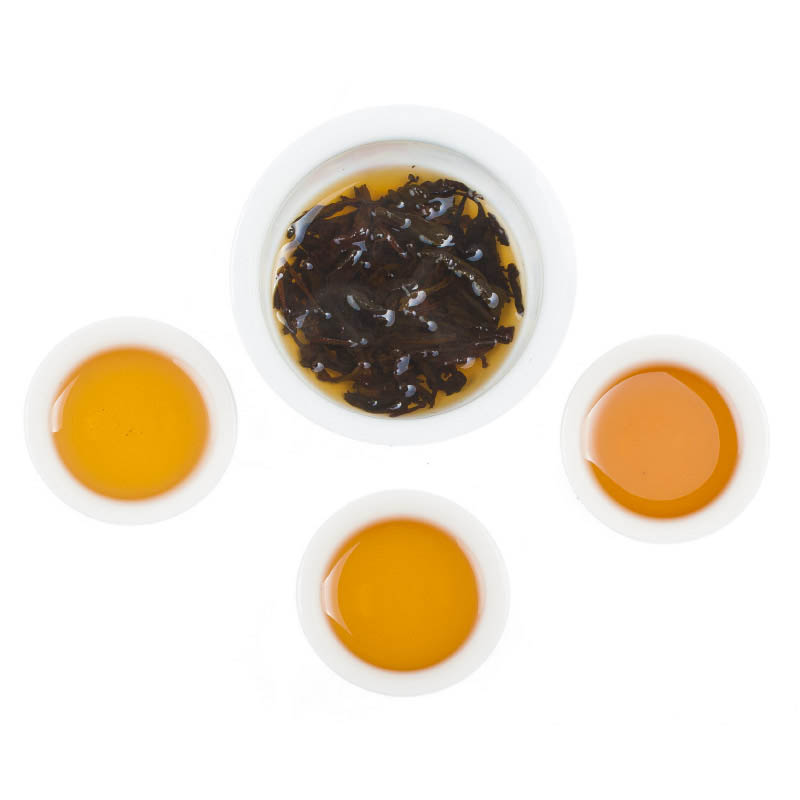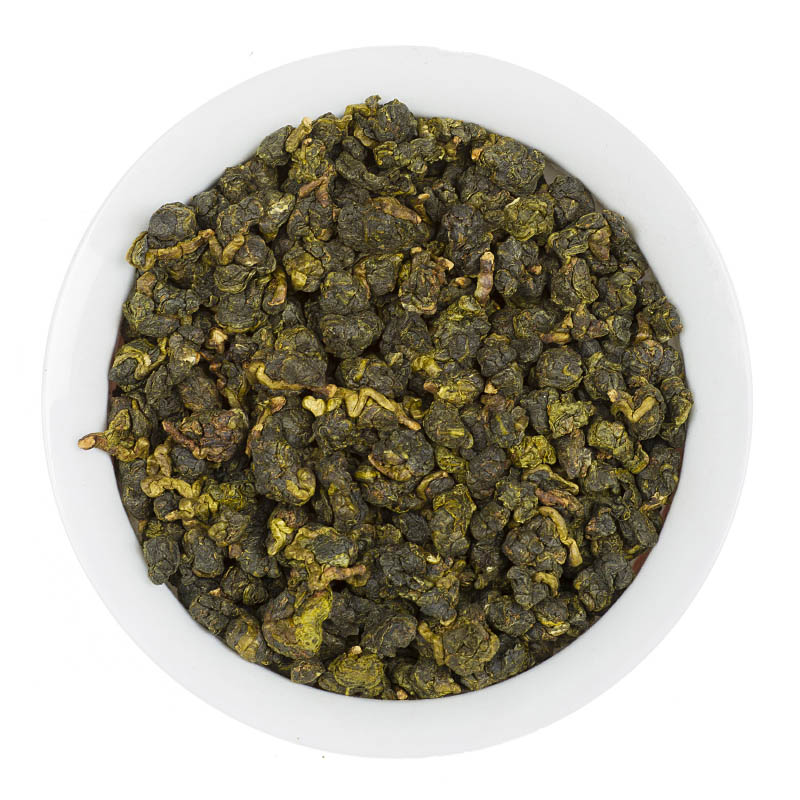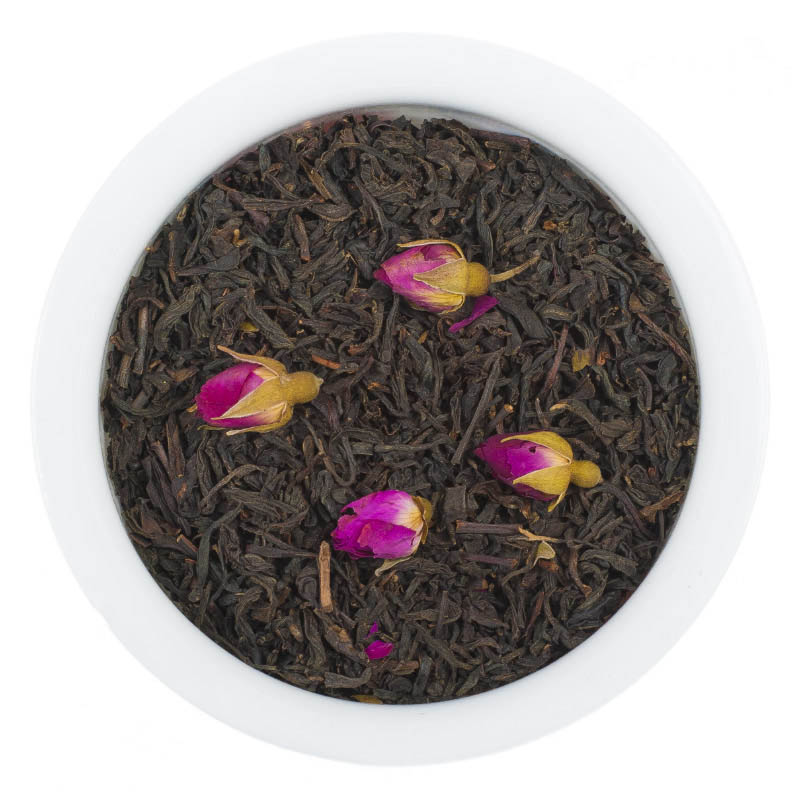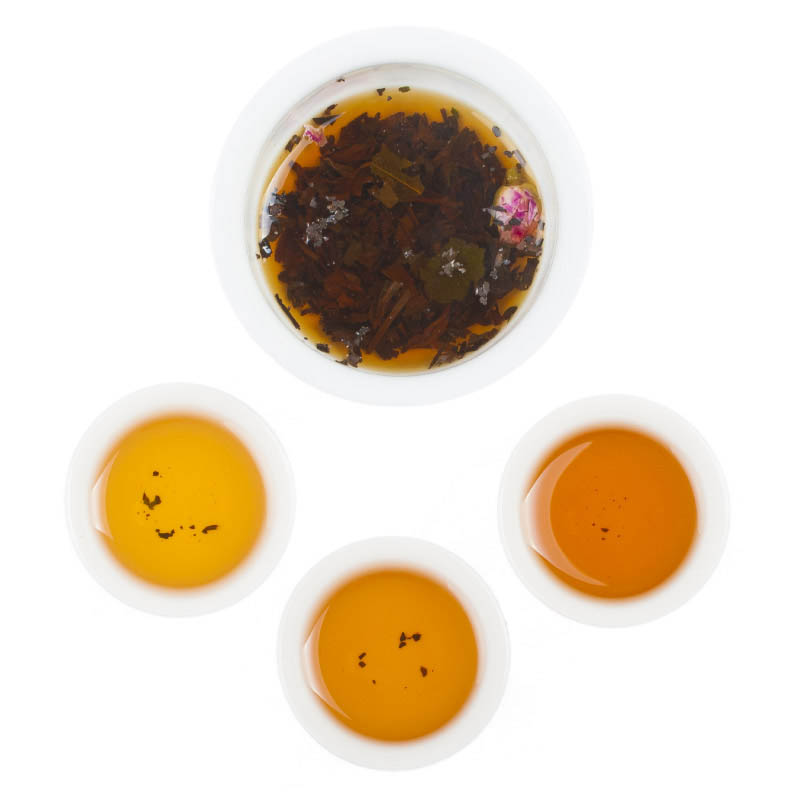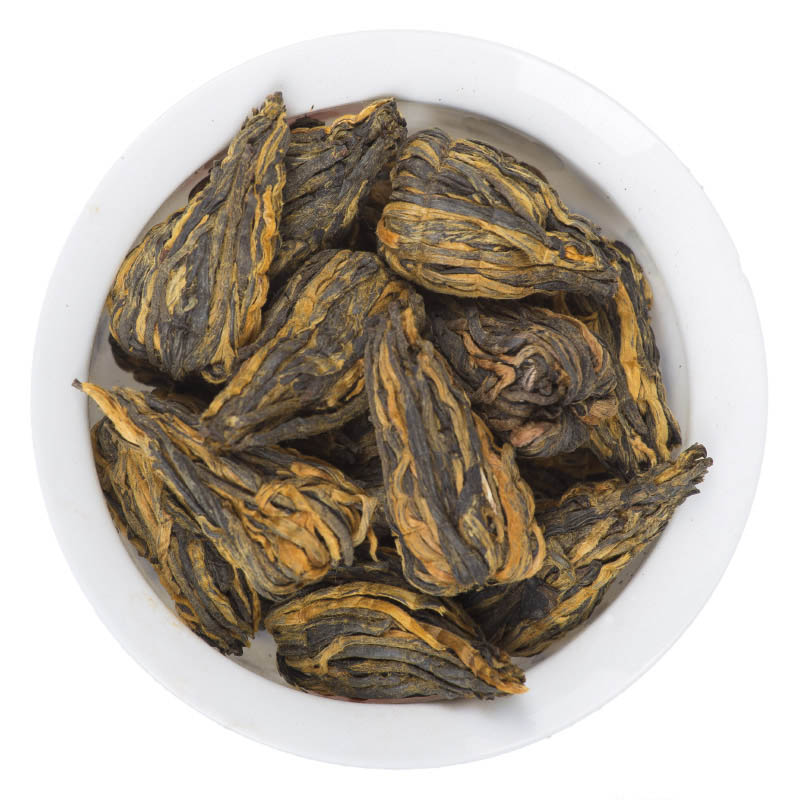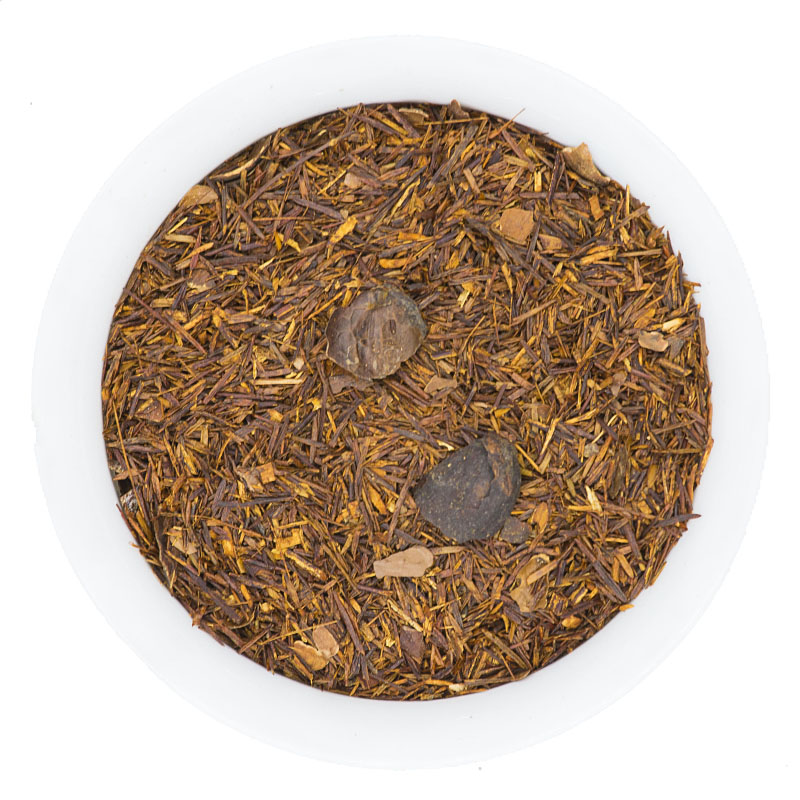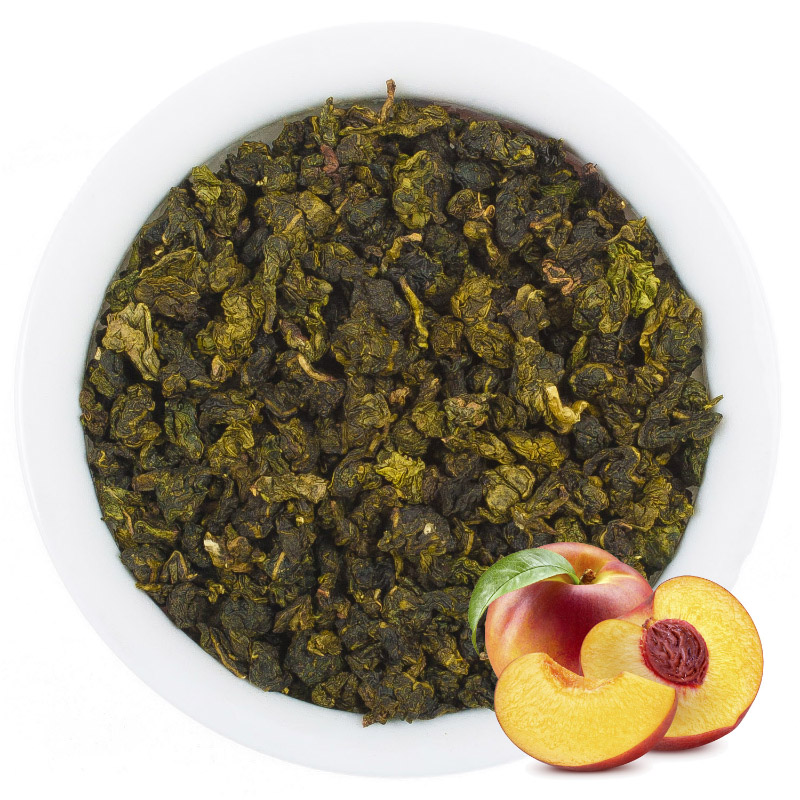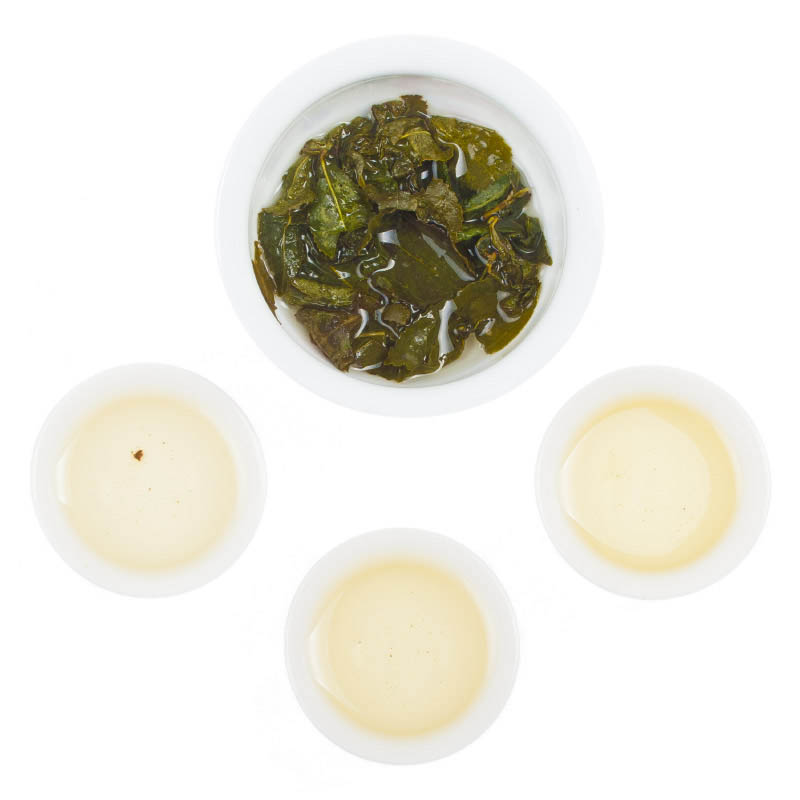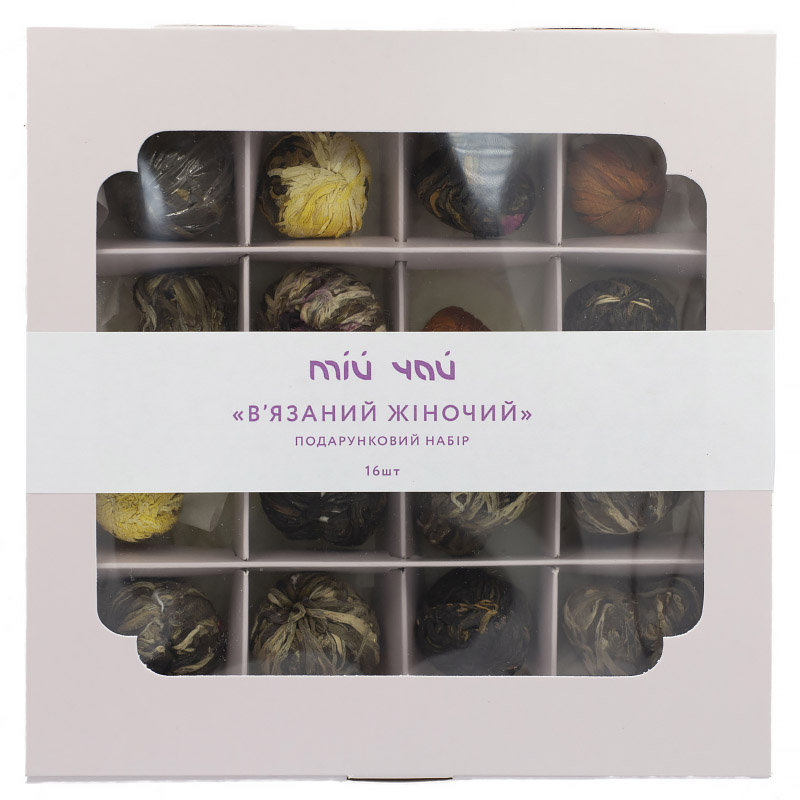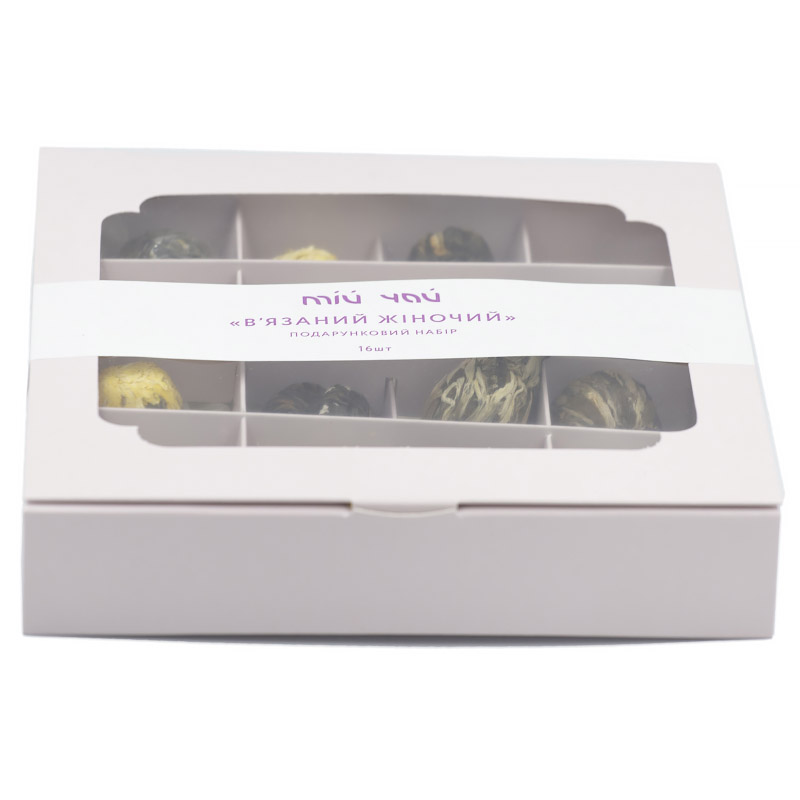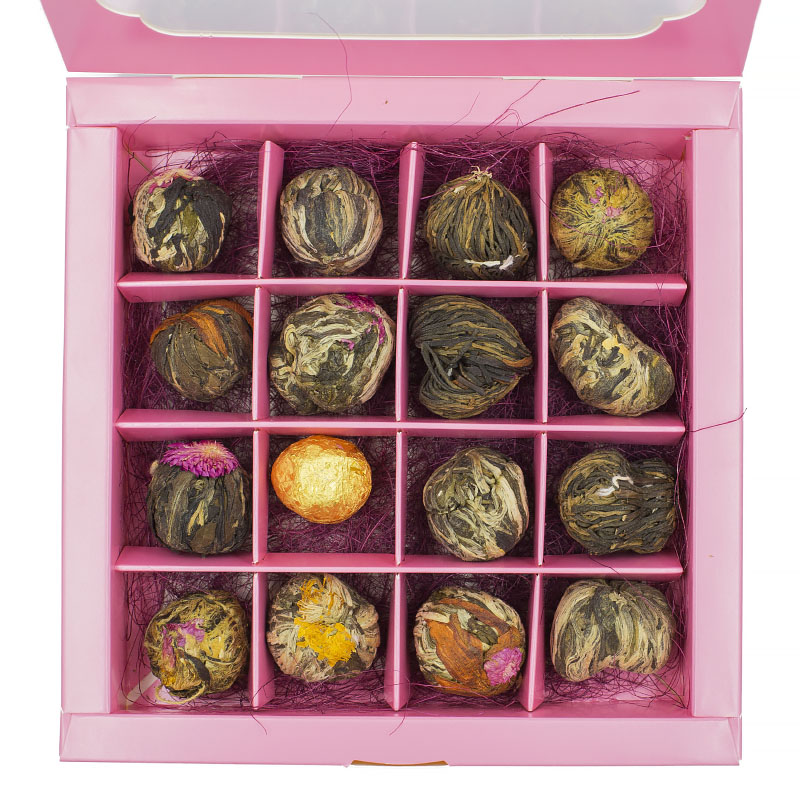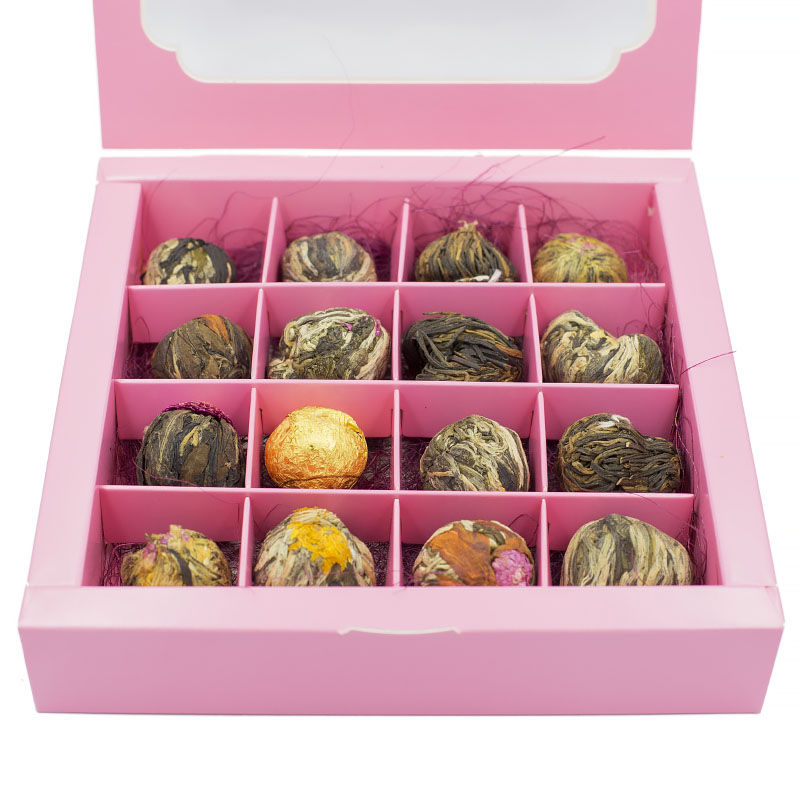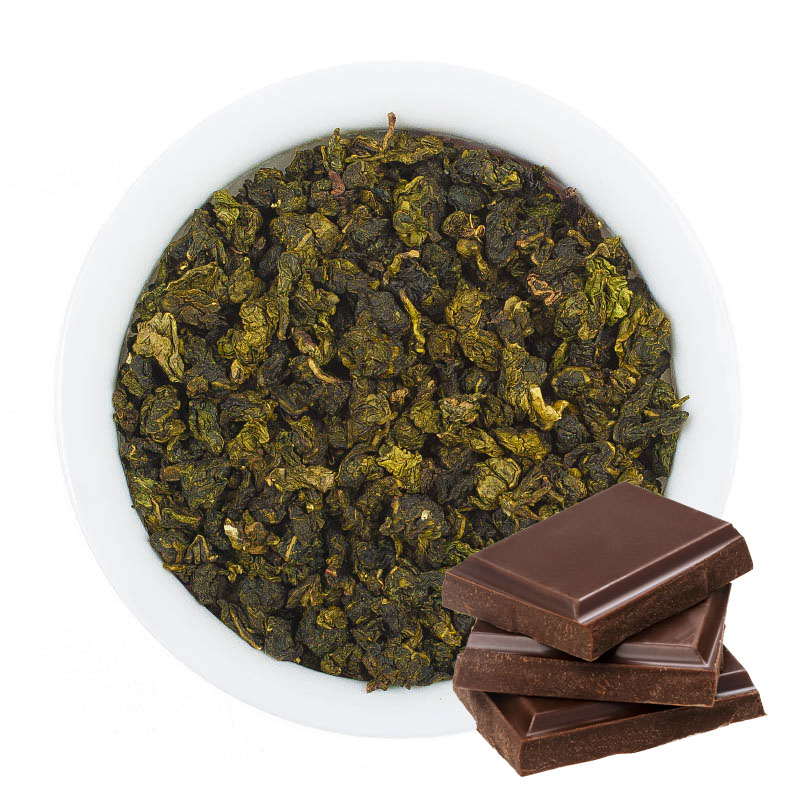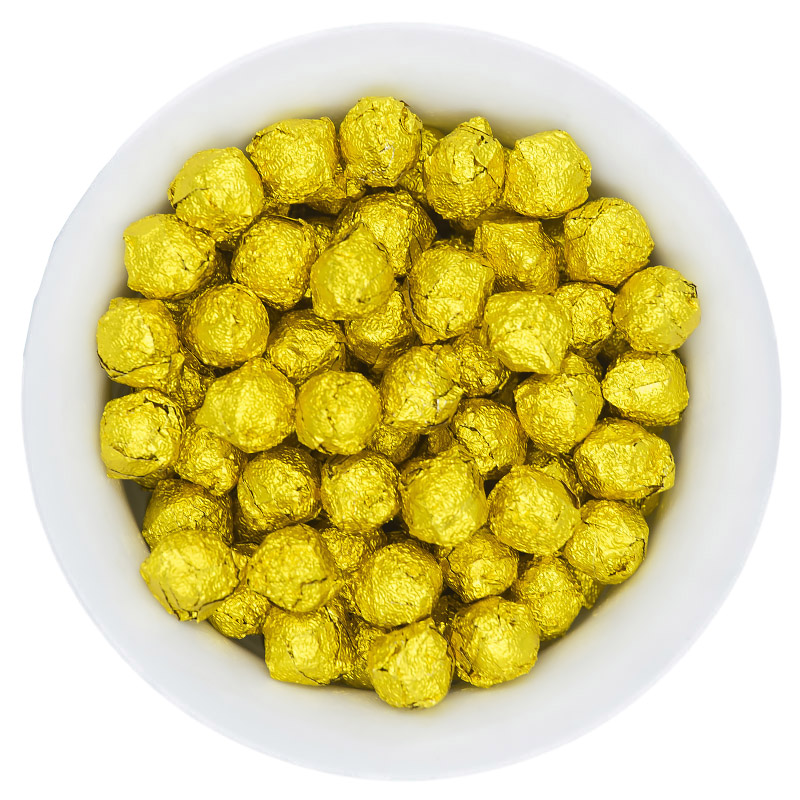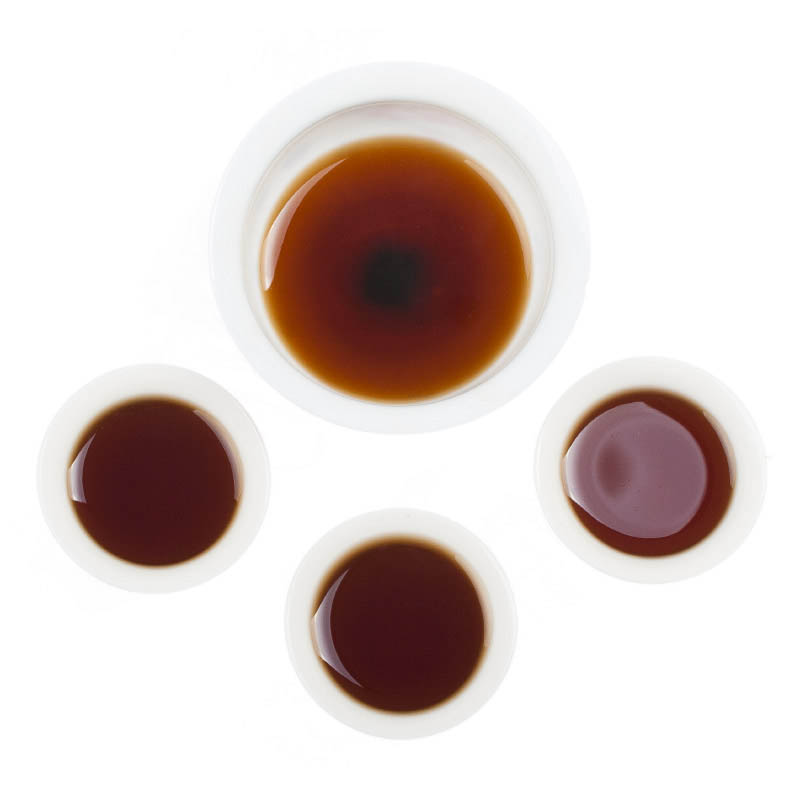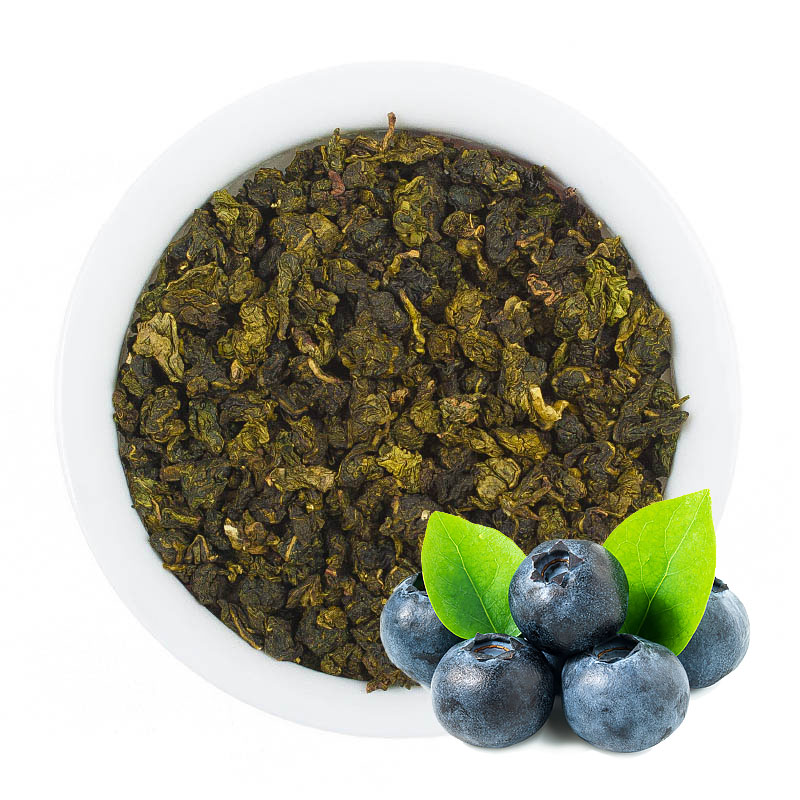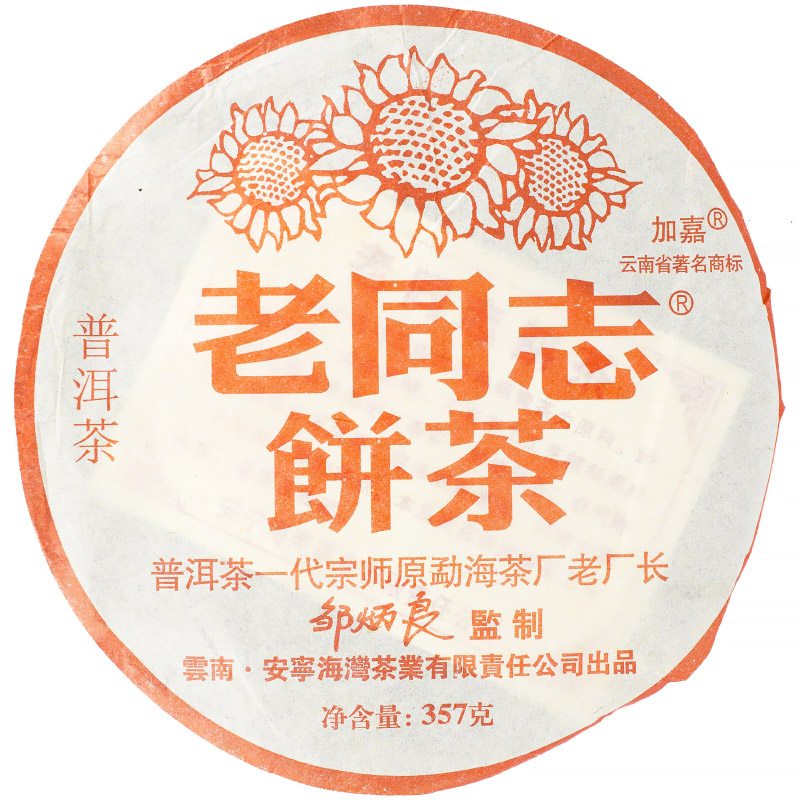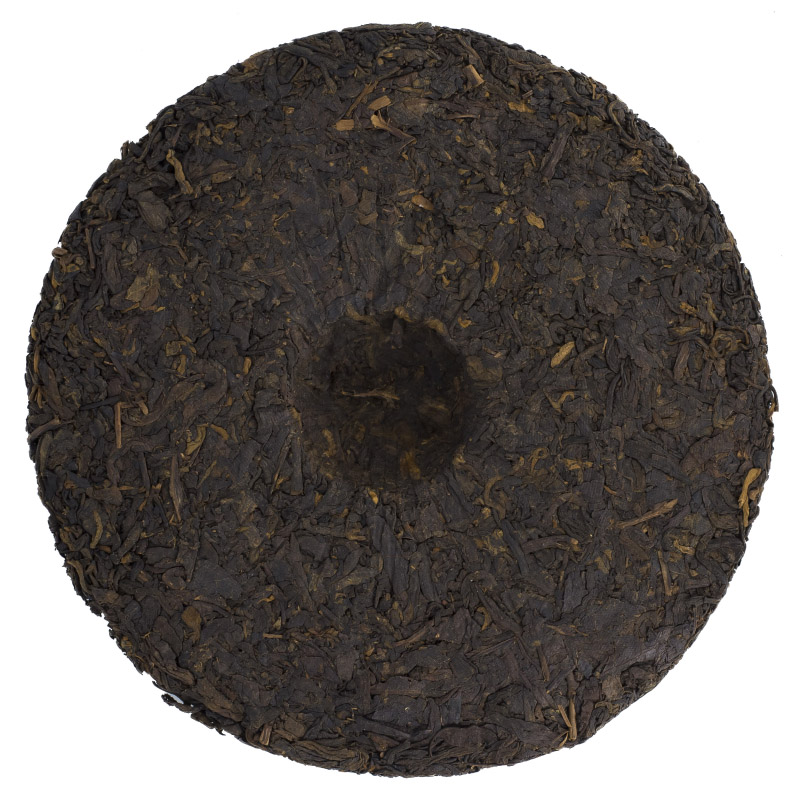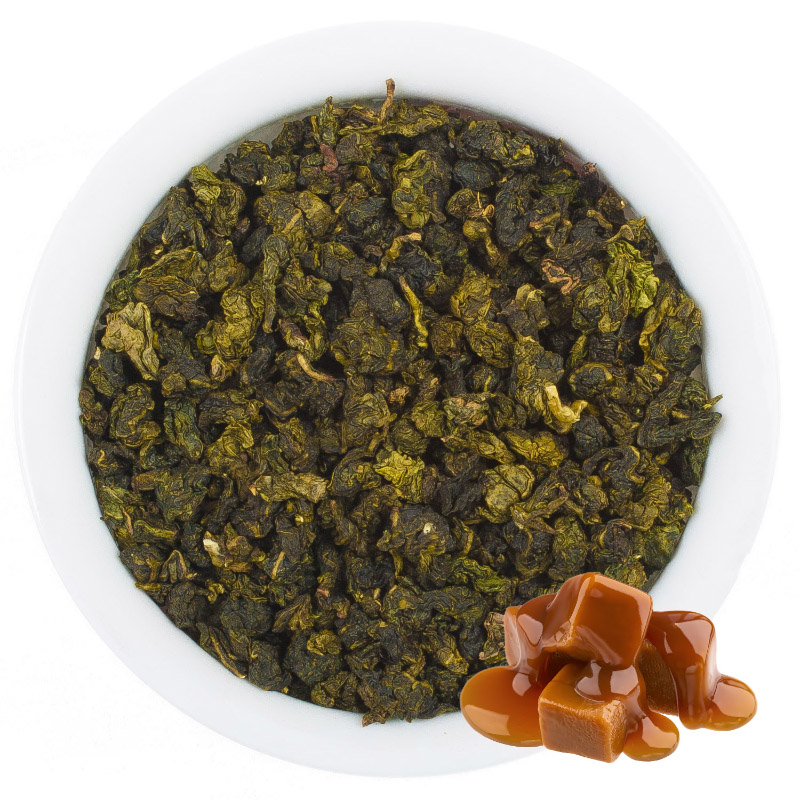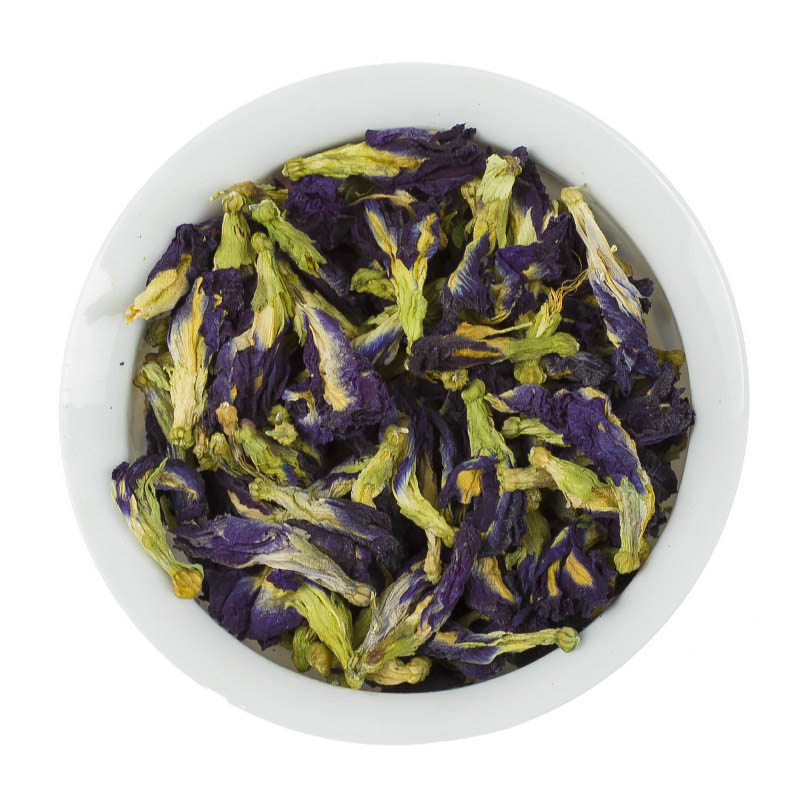Article Contents
- Global Tea Production Statistics
- A Journey to India’s Tea Plantations: Assam, Darjeeling, Nilgiri
- Tea Plantations in China: Oolong, Pu-erh, Green and Red Tea
- Ceylon Tea from Sri Lanka: High Mountain Flavors
- Vietnamese Tea: Lotus, Artichoke, Jasmine
- Japanese Tea: Traditions and Green Tea Flavors
Embarking on a tea journey is a unique way to combine relaxation, exotic discoveries, and new flavor experiences. If you’re a tea lover or simply looking for something memorable, consider visiting countries with large tea plantations. In this article, we explore tea regions in India, China, Sri Lanka, Vietnam, and Japan.
Global Tea Production Statistics
Tea is one of the world’s most popular crops. It thrives in tropical and subtropical climates. China and India are the largest producers, harvesting hundreds of thousands of tons of tea leaves each year. Around 70% of India’s tea is consumed domestically. Kenya ranks third in production, and Sri Lanka (Ceylon) comes fourth, exporting over 300 tons of premium tea annually.
A Journey to India’s Tea Plantations: Assam, Darjeeling, Nilgiri
Indian tea plantations offer not only stunning landscapes but also rich cultural heritage. Assam, Darjeeling, and Nilgiri are renowned for their high-quality teas. One special place is the Happy Valley, located at 2,700 meters above sea level. There, you can enjoy a cup of Masala tea — a traditional Indian spiced tea made with milk.
Tea Plantations in China: Oolong, Pu-erh, Green and Red Tea
China is the birthplace of tea culture and the largest tea producer in the world. Each region grows different varieties — green, white, red, yellow, oolong, and pu-erh. Tea is still mostly hand-picked, preserving its quality. Many plantations welcome tourists for harvest demonstrations and traditional tea ceremonies.
Ceylon Tea from Sri Lanka: High Mountain Flavors
Sri Lanka is famous for its black and green teas. The most notable region is Nuwara Eliya, known as the tea capital of the country. It features a tea museum with a panoramic restaurant and tasting room. Tea from Ruhuna is especially prized for its naturally sweet notes and pairs perfectly with milk.
Vietnamese Tea: Lotus, Artichoke, Jasmine
Vietnam is a lesser-known but fascinating tea region. Plantations span 30 provinces, from mountains to plains. In addition to green and black teas, Vietnam produces lotus, artichoke, and ginseng teas. Hanoi hosts an annual tea festival where visitors can taste rare and local varieties.
Japanese Tea: Traditions and Green Tea Flavors
Japan primarily grows green tea with a rich and smooth flavor. The main tea-producing regions include Kagoshima, Shizuoka, and Kyoto. Most of the tea is consumed domestically, but tourists can join guided tours, pick tea leaves, and experience a traditional Japanese tea ceremony.
Traveling through tea-growing countries reveals a new world of flavors and traditions, offering insights rarely found in Europe.
